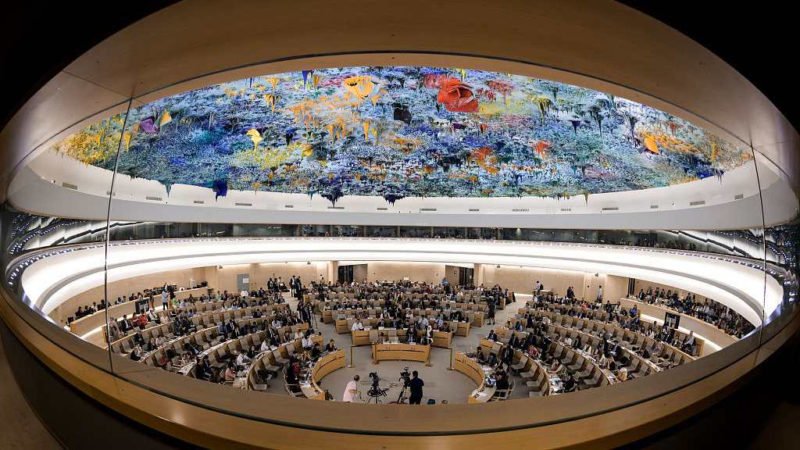Why do we need a legally binding instrument on the Right to Development?

According to UNDP’s The Global Multidimensional Poverty Index 2019, 1.3 billion people in 101 countries (that were taken for the study), At present are ‘multi-dimensionally poor’. In a message by the UN Secretary-General Antonio Guterres on the occasion of World Water Day 2019, he mentions that 2.1 billion people still live in conditions without access to safe drinking water; while demand and poor management of water have brought stress in many parts of the world. Moreover, climate change has additional pressure to it.
The Right to Development has been discussed and worked upon through resolutions at the Human Rights Council and the Working Group on the Right to Development. It has not been realized to its complete potential due to many reasons. Some States welcome the necessity to draft a legal instrument for the Right to Development, while other States believe that engagements in such discussions will not bring any benefits.
The Right to Development has been reflected by the Charter of the United Nations through key notions of peace and security, development, and human rights. Despite 30 years since the adoption of the Declaration on the Right to Development, the potential has not been realized.
The Right to Development covers a wide array of human rights and brings impact on the possibility of future negotiations between States. Ranging from climate change, poverty and hunger to opportunities and entitlements (access to resources), wealth and income, discrimination faced by women, tertiary education, access to broadband, weakening social cohesion and the global economy’s scenario; All such inequalities can be addressed and managed through a legal and codified instrument on the Right to Development.
A codified instrument would bring an effective development in States, through the improvement of living conditions of the people. It would help address national policies and programs related to development and promotion of human rights since such policies encompass civil, social, economic and cultural rights. A codified instrument would provide space for integration and inclusion of human rights both in practice and in theory. Development can be seen as a synthesis to human rights. Development can be a means to realize human rights.
States have an obligation to create favourable conditions for the absolute realization of the Right to Development, according to The Declaration on the Right to Development. Similarly, international cooperation is both intricate and integral to facilitate the Right to Development by States. They must take steps to build a multilateral approach either to formulate a legally binding instrument or to develop a convention on the Right to Development.

The SDGs form an important part of the Right to Development. Progress has been uneven across different regions of the world. There are gaps, stratified societies, and many are being left behind. Most of these ‘many’ are the poor, and at a disadvantage due to their ethnic origins, gender, age, various forms of disability or their geographic location. The Right to Sustainable Development believes in eliminating extreme poverty and addressing concerns of equity. The SDGs are a framework to address, protect and promote human rights through their goals and targets, most of which address human rights obligations. It promotes an international approach based on human rights and people, through global cooperation and partnership.
The formulation of a legally binding instrument on the Right to Development will lead to a culmination of human rights with a holistic and comprehensive approach. It will formulate further operation of the SDGs. It will formulate better guidance when States have to build new policies for their people. It will turn the Right to Development as a reality, and ensure it as a priority for every human being. It will also provide a better framework to mentor contemporary issues and challenges. It will allow for the adaptability of international laws and obligations with domestic policies and regulations. A legal instrument would not only address inequalities but also give birth to necessary accountability by States towards their obligations. It would create space for equality to flourish. Therefore, the rotational notion of ‘why is it necessary’ to ‘drafting and establishing it’ is important.
What we need to understand and know most importantly is that, the Right to Development is crucial for the realization of human rights, and especially to ensure uniformity in all areas of development. The right is not vague, neither is it exhaustive. It engulfs the basic necessities that we as human beings must realize, is crucial for our existence. It is necessary for future generations and the future of this planet.
We don’t just require collective action. We need collective implementation, collective responsibility, collective accountability and most important of all, collective realization. An instrument such as this will create a benchmark from where everyone can take necessary action. It would give every State, and every human being a chance at life with dignity and respect, with absolute respect for all their rights. Human rights aren’t just codified rights. They’re natural. They’re universal. And one can’t be alienated from it, irrespective of the grounds.



















